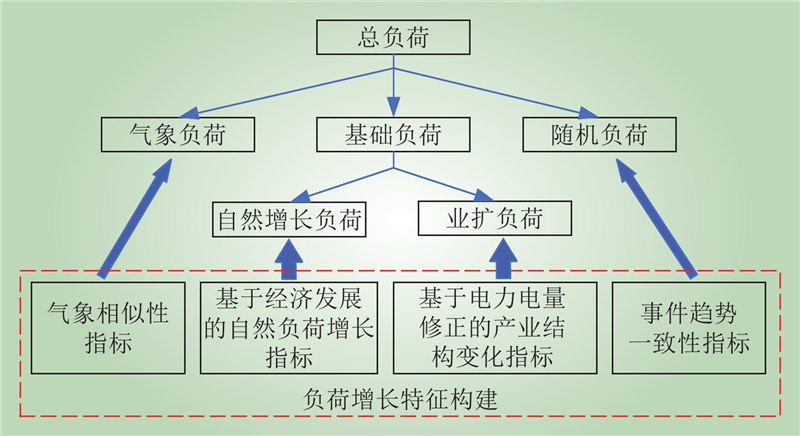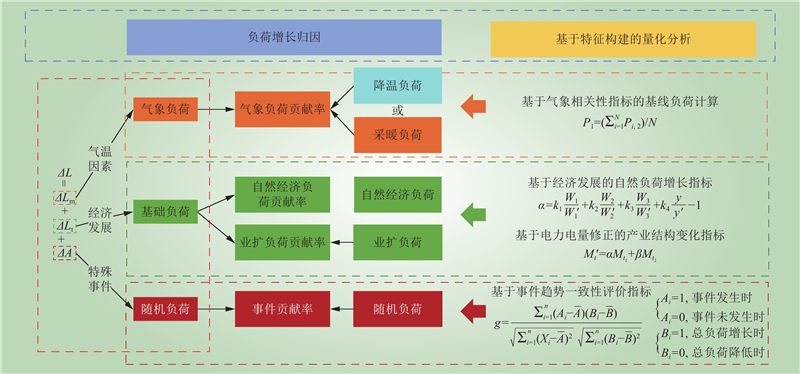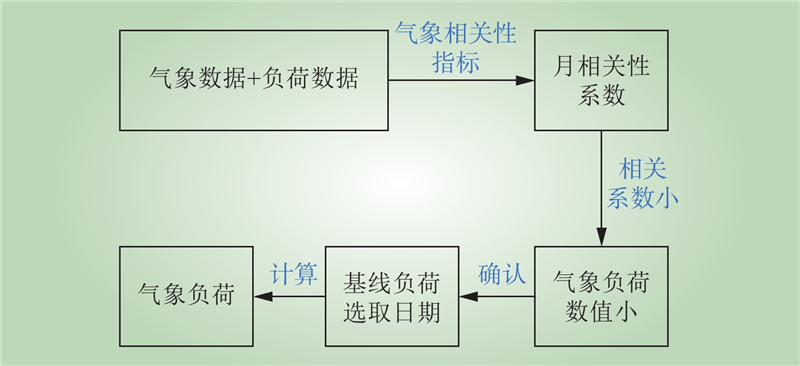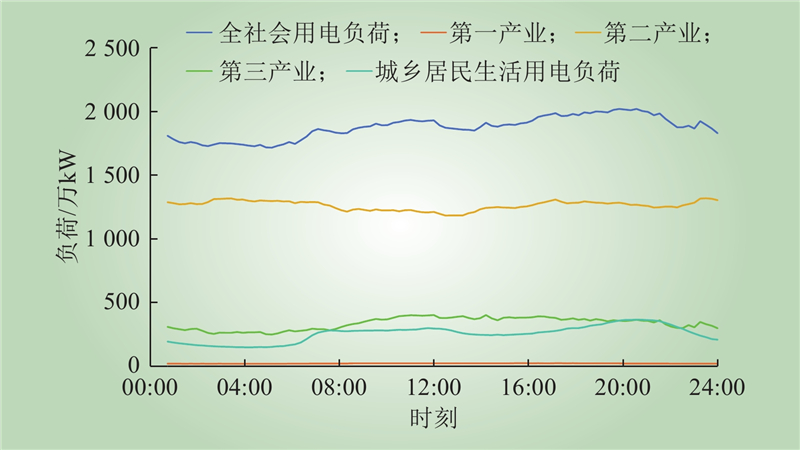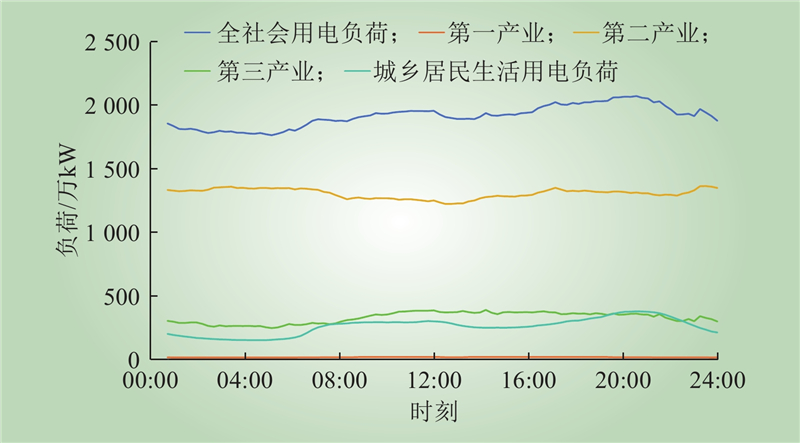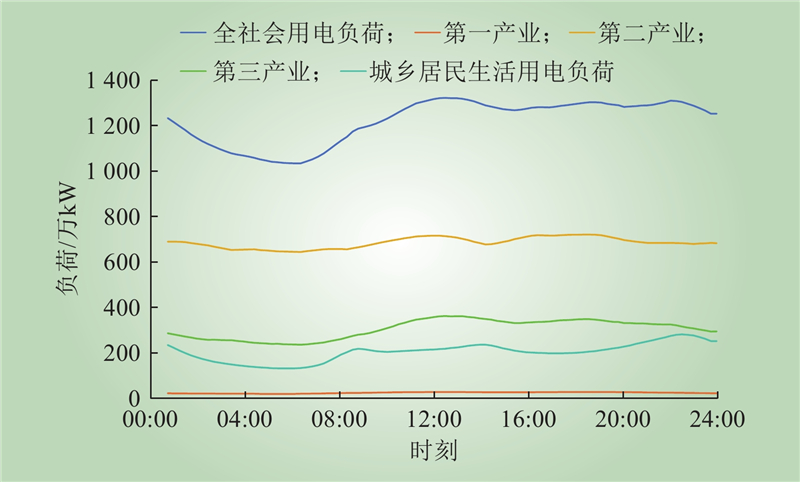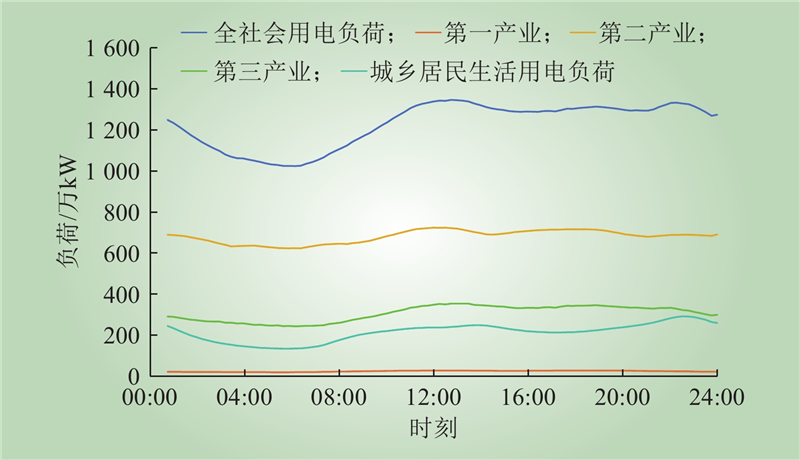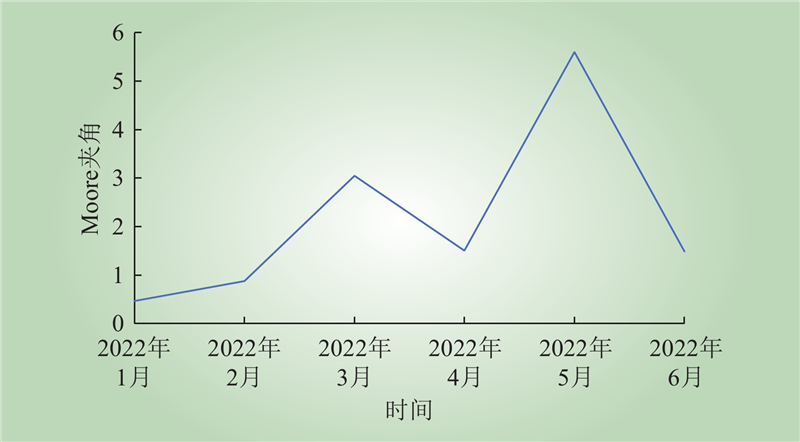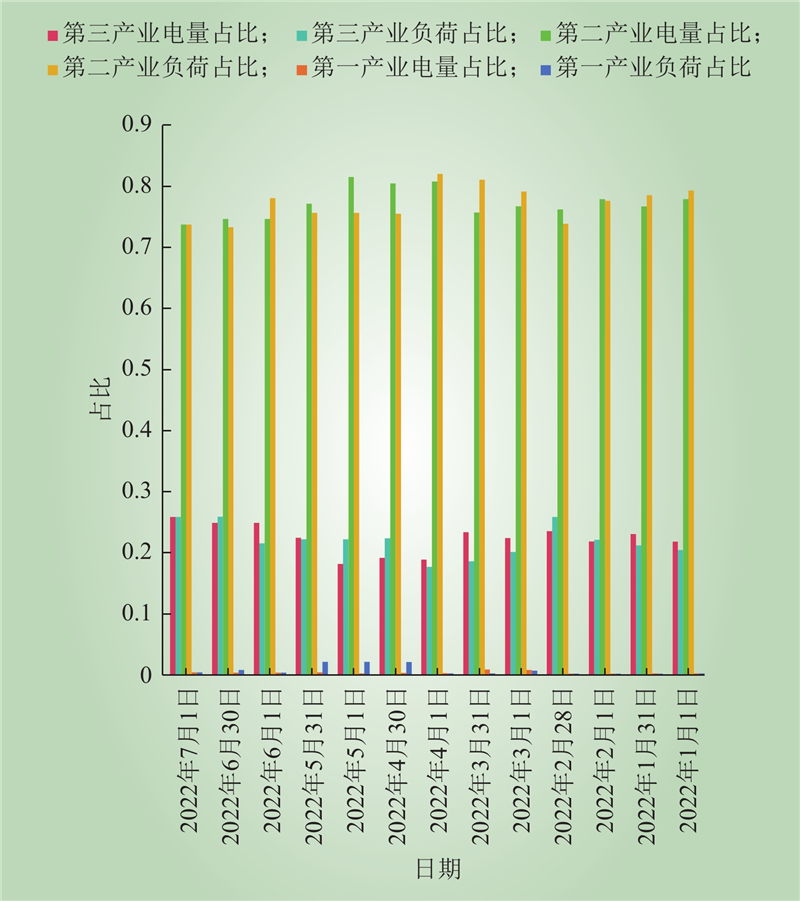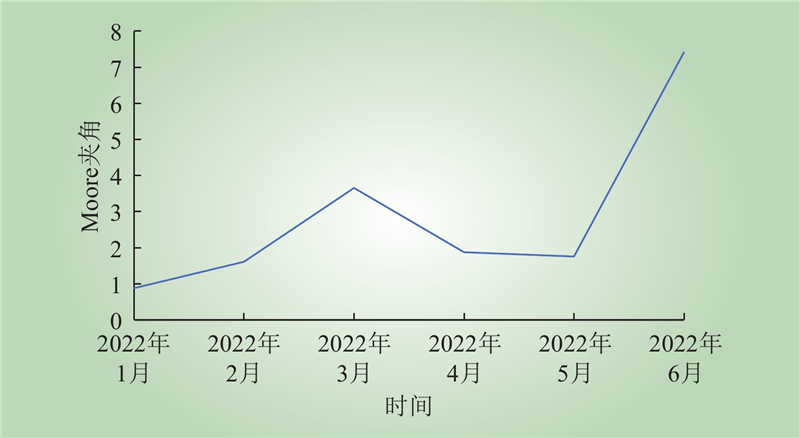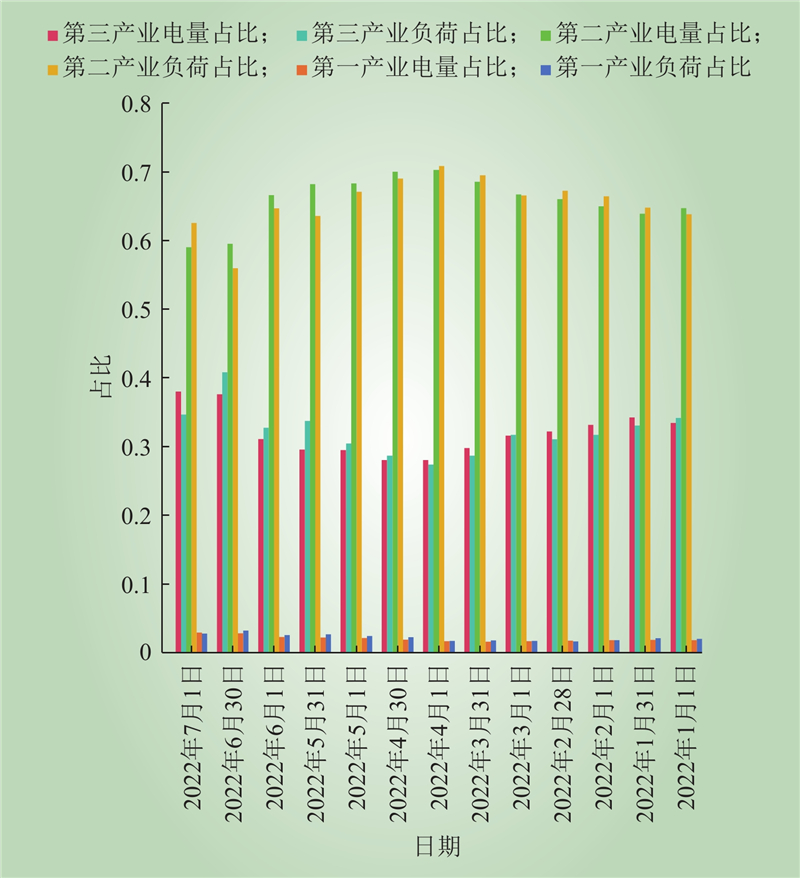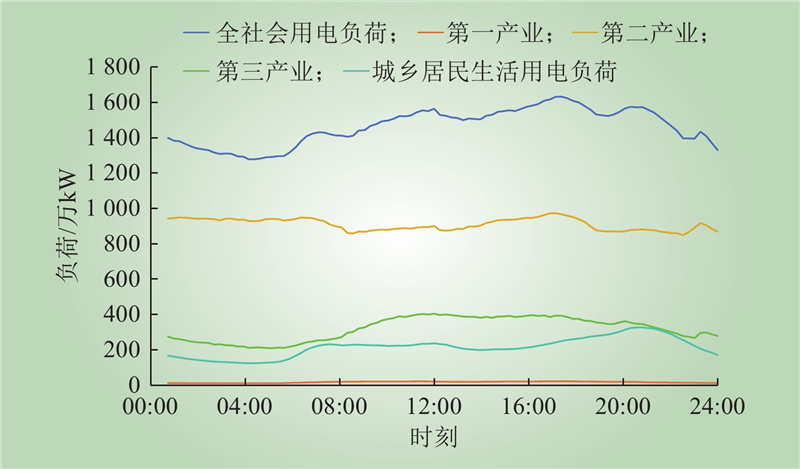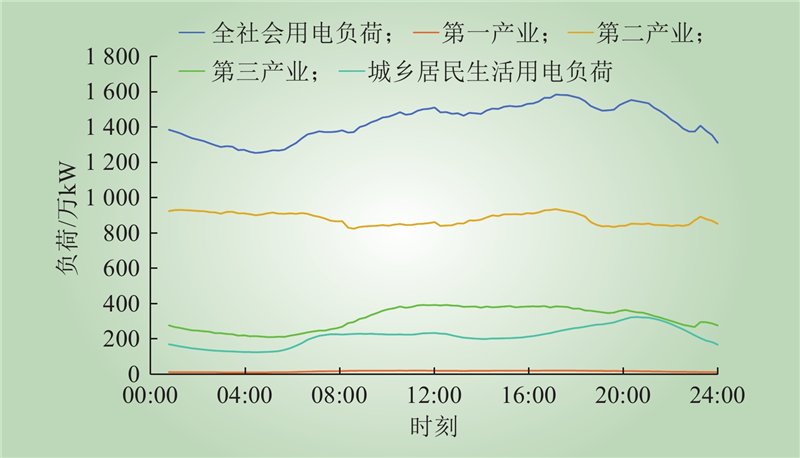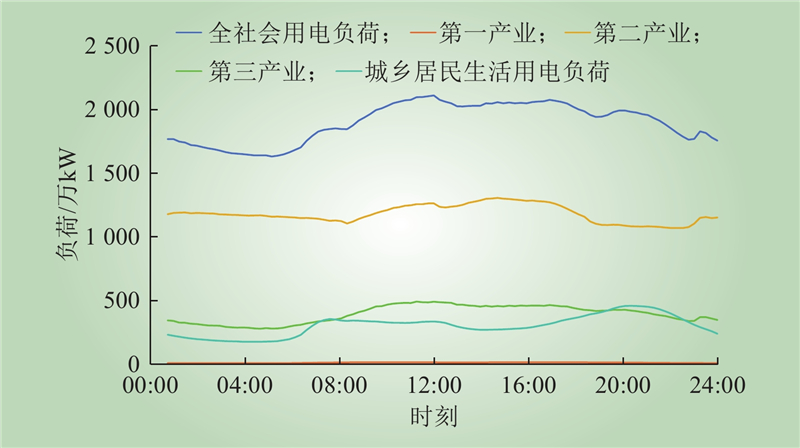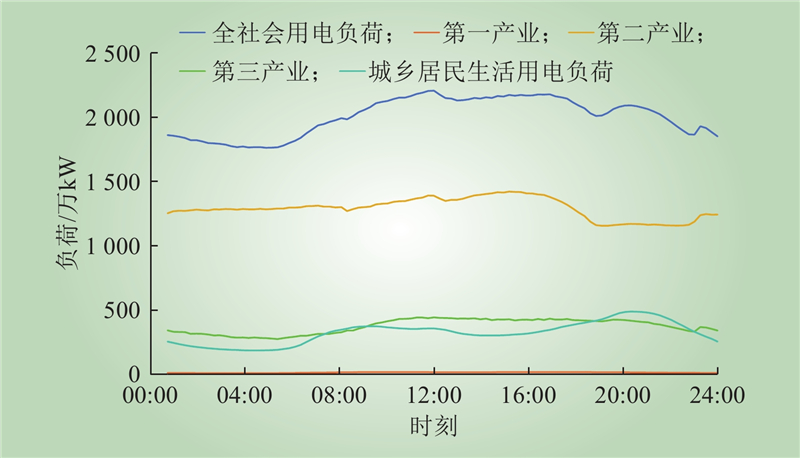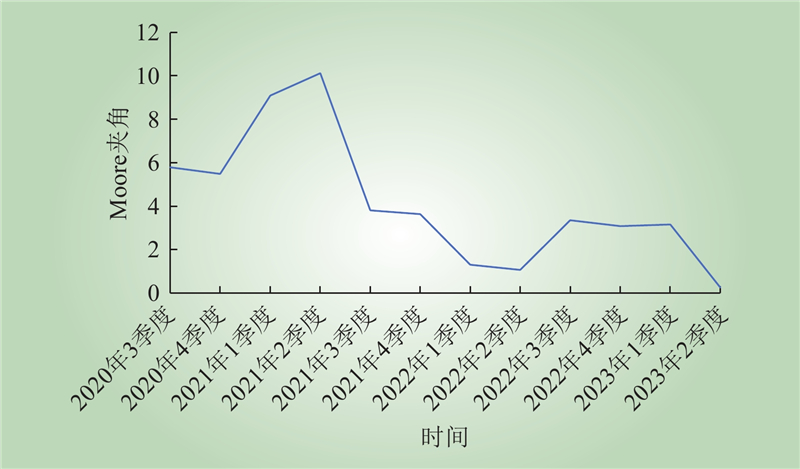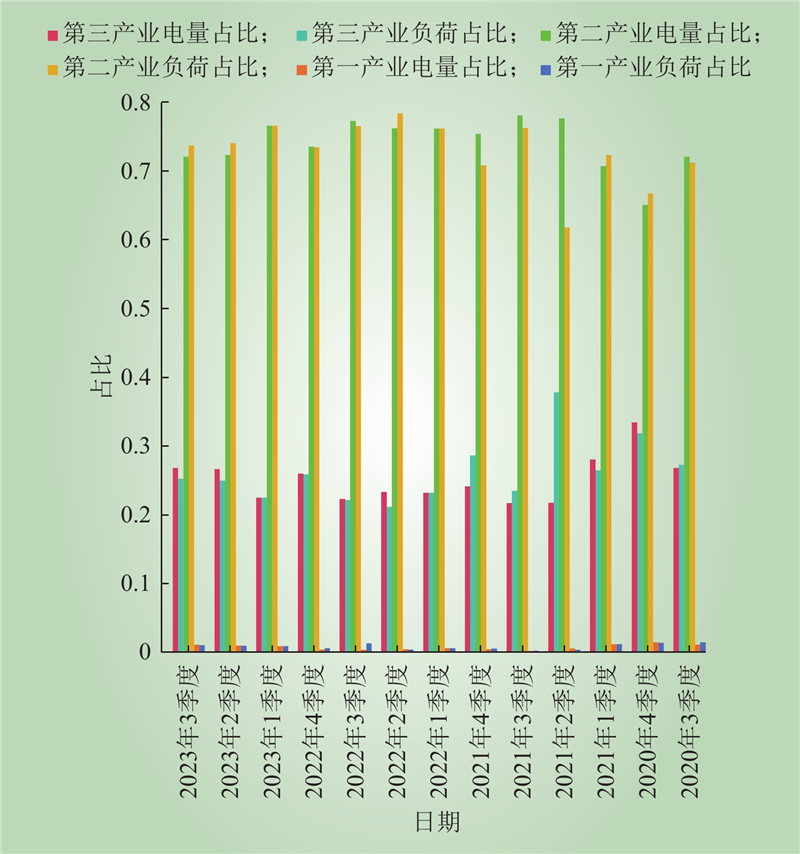| 1 |
周颖, 白雪峰, 王阳, 等. 面向虚拟电厂运营的温度敏感负荷分析与演变趋势研判[J]. 中国电力, 2024, 57 (1): 9- 17.
|
|
ZHOU Ying, BAI Xuefeng, WANG Yang, et al. Analysis and evolution trend of temperature-sensitive loads for virtual power plant operation[J]. Electric Power, 2024, 57 (1): 9- 17.
|
| 2 |
邵必林, 纪丹阳. 基于VMD-SE的电力负荷分量的多特征短期预测[J]. 中国电力, 2024, 57 (4): 162- 170.
|
|
SHAO Bilin, JI Danyang. Multi-feature short-term prediction of power load components based on VMD-SE[J]. Electric Power, 2024, 57 (4): 162- 170.
|
| 3 |
张武军, 程远林, 周捷, 等. 基于特性分析的改进BP神经网络短期电力预测方法[J]. 湖南电力, 2020, 40 (3): 17- 22.
DOI
|
|
ZHANG Wujun, CHENG Yuanlin, ZHOU Jie, et al. Short term power forecasting method of improved BP neural network based on characteristic analysis[J]. Hunan Electric Power, 2020, 40 (3): 17- 22.
DOI
|
| 4 |
刘雨薇. 基于VMD和改进LSTM的短期电力负荷预测研究[D]. 武汉: 湖北工业大学, 2020.
|
|
LIU Yuwei. Research on short-term power load forecasting based on VMD and improved LSTM[D]. Wuhan: Hubei University of Technology, 2020.
|
| 5 |
李涛. 面向电力市场用户侧的中长期电力负荷预测研究[D]. 重庆: 重庆理工大学, 2022.
|
|
LI Tao. Research on medium and long-term power load forecasting for user side of power market[D]. Chongqing: Chongqing University of Technology, 2022.
|
| 6 |
郭艳飞, 程林, 李洪涛, 等. 基于支持向量机和互联网信息修正的空间负荷预测方法[J]. 中国电力, 2019, 52 (4): 80- 88.
|
|
GUO Yanfei, CHENG Lin, LI Hongtao, et al. Spatial load forecasting method based on support vector machine and internet information correction[J]. Electric Power, 2019, 52 (4): 80- 88.
|
| 7 |
付桂琴, 尤凤春, 曹欣, 等. 积温效应在电力日峰谷负荷中的应用及检验[J]. 应用气象学报, 2015, 26 (4): 492- 499.
DOI
|
|
FU Guiqin, YOU Fengchun, CAO Xin, et al. Application and verification of accumulated temperature effects on daily peak load and daily valley load of power[J]. Journal of Applied Meteorological Science, 2015, 26 (4): 492- 499.
DOI
|
| 8 |
李滨, 陆明珍. 考虑实时气象耦合作用的地区电网短期负荷预测建模[J]. 电力系统自动化, 2020, 44 (17): 60- 68.
DOI
|
|
LI Bin, LU Mingzhen. Short-term load forecasting modeling of regional power grid considering real-time meteorological coupling effect[J]. Automation of Electric Power Systems, 2020, 44 (17): 60- 68.
DOI
|
| 9 |
高崇, 周鹏, 罗强, 等. 考虑实际负荷增长模式下的配电网供电能力评估方法[J]. 南方电网技术, 2023, 17 (7): 115- 124.
|
|
GAO Chong, ZHOU Peng, LUO Qiang, et al. Evaluation method of load supply capability of distribution network considering actual load growth mode[J]. Southern Power System Technology, 2023, 17 (7): 115- 124.
|
| 10 |
刘文娇, 沈春明, 郭军红, 等. 夏季气象电力负荷相关性分析模型修正方法: 以北京为例[J]. 电力科学与技术学报, 2024, 39 (2): 112- 123.
|
|
LIU Wenjiao, SHEN Chunming, GUO Junhong, et al. Correction method of correlation analysis model between meteorology and electric power load in summer: a case study of Beijing[J]. Journal of Electric Power Science and Technology, 2024, 39 (2): 112- 123.
|
| 11 |
郭鸿业, 陈启鑫, 夏清, 等. 考虑经济因素时滞效应的月度负荷预测方法[J]. 电网技术, 2016, 40 (2): 514- 520.
|
|
GUO Hongye, CHEN Qixin, XIA Qing, et al. Study on mid-term electricity load forecast considering time lag effects of economic factors[J]. Power System Technology, 2016, 40 (2): 514- 520.
|
| 12 |
汪付华, 周后福, 戴金源, 等. 基于经济气象因素的月用电负荷预测模型研究[J]. 电力需求侧管理, 2020, 22 (5): 78- 82.
DOI
|
|
WANG Fuhua, ZHOU Houfu, DAI Jinyuan, et al. Study on the forecasting model of monthly power load based on economic and meteorological factors[J]. Power Demand Side Management, 2020, 22 (5): 78- 82.
DOI
|
| 13 |
侯劭元. 城市用户负荷特性分析及应用[D]. 广州: 华南理工大学, 2015.
|
|
HOU Shaoyuan. Analysis and application of urban customer load characteristics[D]. Guangzhou: South China University of Technology, 2015.
|
| 14 |
程义明. 地区电网负荷特性分析及其应用研究[D]. 长沙: 湖南大学, 2012.
|
|
CHENG Yiming. Research of load characteristics analysis and its application for district power grid[D]. Changsha: Hunan University, 2012.
|
| 15 |
杨广森. 基于季节调整的业扩报装分析预测研究[D]. 济南: 山东大学, 2016.
|
|
YANG Guangsen. Analysis and forecast studies of business expanding based on seasonal adjustment[D]. Jinan: Shandong University, 2016.
|
| 16 |
范杏蕊, 李元诚. 基于改进Autoformer模型的短期电力负荷预测[J]. 电力自动化设备, 2024, 44 (4): 171- 177.
|
|
FAN Xingrui, LI Yuancheng. Short-term power load forecasting based on improved Autoformer model[J]. Electric Power Automation Equipment, 2024, 44 (4): 171- 177.
|
| 17 |
谢家安, 莫颖生, 王玉荣. COVID-19重大疫情下的电网负荷趋势评估新方法[J]. 广东电力, 2020, 33 (7): 42- 48.
DOI
|
|
XIE Jia’an, MO Yingsheng, WANG Yurong. A new method for evaluating power load trends in major outbreaks of COVID-19[J]. Guangdong Electric Power, 2020, 33 (7): 42- 48.
DOI
|
| 18 |
程志友, 汪德胜. 基于机器学习与疫情关联特征的短期负荷预测[J]. 电力系统保护与控制, 2022, 50 (23): 1- 8.
|
|
CHENG Zhiyou, WANG Desheng. Short-term load forecasting based on machine learning and epidemic association features[J]. Power System Protection and Control, 2022, 50 (23): 1- 8.
|
| 19 |
史文博. 地区电网负荷特性分析及短期负荷预测研究[D]. 广州: 华南理工大学, 2015.
|
|
SHI Wenbo. Analysis of power load characteristic and study on short-term load forecasting in regional power system[D]. Guangzhou: South China University of Technology, 2015.
|
| 20 |
张桢豪. 新冠肺炎疫情下电力系统短期负荷预测模型及方法研究[D]. 南宁: 广西大学, 2022.
|
|
ZHANG Zhenhao. Researches on power system short-term load forecasting model and method in COVID-19[D]. Nanning: Guangxi University, 2022.
|
| 21 |
徐常, 贺墨琳, 杨成, 等. 贵州电网负荷特性影响因素分析[J]. 南方能源建设, 2020, 7 (S1): 36- 41.
|
|
XU Chang, HE Molin, YANG Cheng, et al. Analysis of influence factors of load characteristics in Guizhou[J]. Southern Energy Construction, 2020, 7 (S1): 36- 41.
|
| 22 |
郇嘉嘉, 左郑敏, 程鑫, 等. 省级电网负荷特性分析方法研究[J]. 机电工程技术, 2018, 47 (2): 80- 85.
DOI
|
|
HUAN Jiajia, ZUO Zhengmin, CHENG Xin, et al. A method of provincial power grids load characteristics analyzing[J]. Mechanical & Electrical Engineering Technology, 2018, 47 (2): 80- 85.
DOI
|
| 23 |
雷绍兰, 古亮, 杨佳, 等. 重庆地区电力负荷特性及其影响因素分析[J]. 中国电力, 2014, 47 (12): 61- 65, 71.
|
|
LEI Shaolan, GU Liang, YANG Jia, et al. Analysis of electric power load characteristics and its influencing factors in Chongqing Region[J]. Electric Power, 2014, 47 (12): 61- 65, 71.
|
| 24 |
王林信, 江元, 罗世刚, 等. 基于电力大数据的企业复工复产模型研究及应用[J]. 电力大数据, 2020, 23 (12): 65- 71.
|
|
WANG Linxin, JIANG Yuan, LUO Shigang, et al. Research and application of enterprise resumption model based on power big data[J]. Power Systems and Big Data, 2020, 23 (12): 65- 71.
|
| 25 |
SILVA L. A feature engineering approach to wind power forecasting GEFCom 2012[J]. International Journal of Forecasting, 2014, 30 (2): 395- 401.
DOI
|
| 26 |
李琛, 郭文利, 吴进, 等. 基于BP神经网络的北京夏季日最大电力负荷预测方法[J]. 气候与环境研究, 2019, 24 (1): 135- 142.
DOI
|
|
LI Chen, GUO Wenli, WU Jin, et al. A method for prediction of daily maximum electric loads in the summer in Beijing based on the BP neural network[J]. Climatic and Environmental Research, 2019, 24 (1): 135- 142.
DOI
|
| 27 |
朱林, 张健, 陈达, 等. 面向暂态电压稳定评估的卷积神经网络输入特征构建方法[J]. 电力系统自动化, 2022, 46 (1): 85- 93.
|
|
ZHU Lin, ZHANG Jian, CHEN Da, et al. Construction method for input features of convolutional neural network for transient voltage stability assessment[J]. Automation of Electric Power Systems, 2022, 46 (1): 85- 93.
|
| 28 |
李艳, 蔡芗宁, 徐卫立, 等. 典型天气形势与溪洛渡电站发电供求关系的影响[J]. 气象科技, 2022, 50 (3): 420- 427.
|
|
LI Yan, CAI Xiangning, XU Weili, et al. Impact of typical weather circulation situation on relationship between power supply and demand of xiluodu hydropower station[J]. Meteorological Science and Technology, 2022, 50 (3): 420- 427.
|
| 29 |
吴荣福. 特殊天气下的福建电网短期负荷预测研究[D]. 福州: 福州大学, 2016.
|
|
WU Rongfu. The research on short-term load forecasting in Fujian power grid under special weather[D]. Fuzhou: Fuzhou University, 2016.
|
| 30 |
土)锡南·厄兹代米尔, 迪夫娅·苏萨拉. 特征工程入门与实践[M]. 庄嘉盛, 译. 北京: 人民邮电出版社, 2019.
|
| 31 |
金林, 李研. 几种相关系数辨析及其在R语言中的实现[J]. 统计与信息论坛, 2019, 34 (4): 3- 11.
DOI
|
|
JIN Lin, LI Yan. Discrimination of several correlation coefficients and their implementation in R software[J]. Statistics & Information Forum, 2019, 34 (4): 3- 11.
DOI
|
| 32 |
SCHOUHAMER IMMINK K A, WEBER J H. Hybrid minimum Pearson and euclidean distance detection[J]. IEEE Transactions on Communications, 2015, 63 (9): 3290- 3298.
DOI
|
| 33 |
干春晖, 郑若谷, 余典范. 中国产业结构变迁对经济增长和波动的影响[J]. 经济研究, 2011, 46 (5): 4- 16, 31.
|
|
GAN Chunhui, ZHENG Ruogu, YU Dianfan. An empirical study on the effects of industrial structure on economic growth and fluctuations in China[J]. Economic Research Journal, 2011, 46 (5): 4- 16, 31.
|
| 34 |
查金平. 承接产业转移示范区设立的产业结构转型效应研究: 基于皖江城市带的准自然实验[J]. 科技和产业, 2022, 22 (12): 276- 287.
DOI
|
|
ZHA Jinping. Study on the transformation effect of industrial structure set up by undertaking industrial transfer demonstration area: a quasi-natural experiment in Wanjiang city belt[J]. Science Technology and Industry, 2022, 22 (12): 276- 287.
DOI
|
| 35 |
柯军. 产业结构升级与经济增长的关系[J]. 统计与决策, 2008, 24 (11): 83- 84.
|
| 36 |
韩如意, 李炜. 湖南省产业结构调整的效益与对策研究[J]. 中国集体经济, 2011, (34): 53- 54.
DOI
|
| 37 |
冬雷, 廖晓钟, 王丽婕. 大型风电场发电功率建模与预测[M]. 北京: 科学出版社, 2014.
|
| 38 |
王涛, 彭云华, 吴小亚. 基于相关因素修正的短期电力负荷回归预测模型[J]. 电气自动化, 2013, 35 (1): 52- 54.
DOI
|
|
WANG Tao, PENG Yunhua, WU Xiaoya. The short electrical load regression farecasting model based on the dependent factors modifying[J]. Electrical Automation, 2013, 35 (1): 52- 54.
DOI
|
| 39 |
DING N, BÉSANGER Y, WURTZ F, et al. Time series method for short-term load forecasting using smart metering in distribution systems[C]//2011 IEEE Trondheim PowerTech. Trondheim, Norway. IEEE, 2011: 1–6.
|



